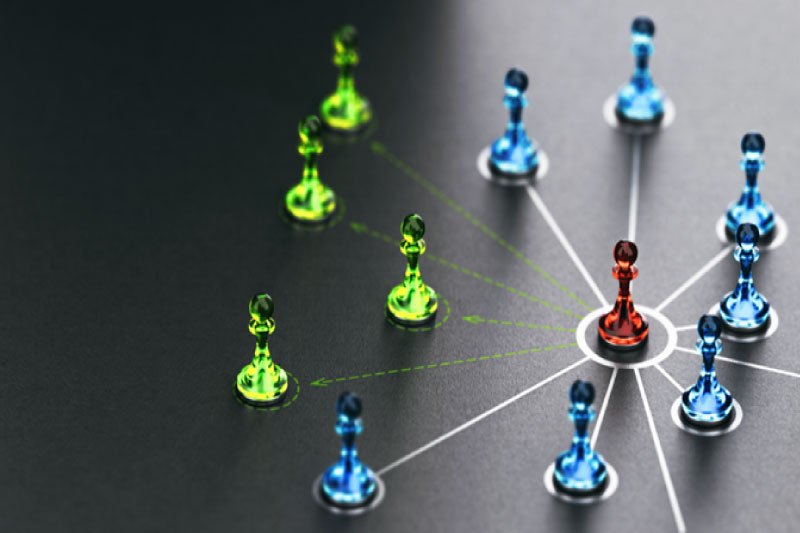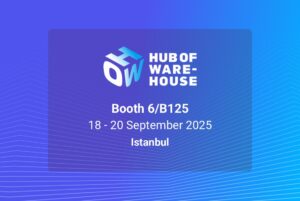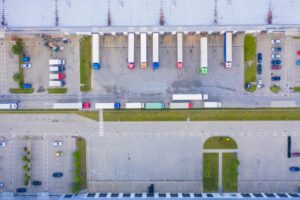In recent years, Real-Time Location Systems (RTLS) have become essential for improving safety, efficiency, and asset visibility in industrial and healthcare environments. As the market grows, two main approaches are emerging: camera-based RTLS and anchor & gateway-based RTLS.
At first glance, camera systems can seem like the easier, lower-cost option. They don’t require fixed infrastructure, and the upfront investment is minimal. But beneath that simplicity lies a critical question: are you building for today, or for the long term?
The Camera Temptation: Short-Term Savings, Long-Term Risk
Camera-based RTLS systems promise a quick setup without the need for an anchor & gateway. For organizations under budget pressure, this may look like a smart shortcut. But shortcuts rarely stand the test of time.
Cameras can “see” movement, but they struggle to reliably identify who or what they are seeing. If two forklifts look the same, how do you know which is which? If workers wear identical uniforms, how do you tell them apart? And when it comes to asset tracking, how do you differentiate between two nearly identical tools or parts?
The truth is, camera-based RTLS isn’t built to answer these questions with certainty. It might help in very limited, small-scale scenarios, but the lack of identity-level tracking undermines its long-term value.
Anchors & Gateways: A Future-Ready Foundation
By contrast, anchor & gateway-based RTLS is purpose-built for identity, accuracy, and scalability. Each person, vehicle, or asset is equipped with a tag that carries a unique ID, removing any doubt about “which is which.” This alone makes a massive difference in environments where safety and accountability are non-negotiable.
Here’s why anchors & gateways deliver future-proof value:
Reliable Identification – Every forklift, worker, and asset has a digital fingerprint. You’ll always know exactly who or what you’re tracking.
Scalable Infrastructure – Once the network is in place, adding new tags is effortless. Expansion doesn’t require recalibration or retraining, just plug and play.
Works in Any Environment – Dust, low light, high racks, or busy traffic lanes don’t affect performance. Anchors and gateways deliver consistent coverage where cameras fail.
Asset Tracking You Can Trust – Beyond simple movement detection, you get detailed histories, dwell times, and zone compliance—all critical for loss prevention and operational efficiency.
Privacy-Friendly – Unlike video, tag-based RTLS avoids sensitive recordings, making it easier to gain worker acceptance and meet compliance requirements.
Lower Total Cost of Ownership – Infrastructure may cost more upfront, but maintenance is minimal and scaling is predictable. With cameras, every expansion adds complexity, calibration, and hidden costs.

Shortcuts vs. Foundations
Think of RTLS infrastructure like building a facility. You wouldn’t build a warehouse without a solid foundation, even if skipping it saved money in the short term. The same applies here.
Camera-based RTLS lets you avoid investing in anchors and gateways now, but in doing so, you’re eroding the long-term value of your system. Over time, blind spots, misidentification, and scaling issues will catch up. The costs—both financial and operational—will outweigh the early savings.
Anchor & gateway, on the other hand, provide a digital backbone. Once in place, it becomes the foundation for every use case you might need tomorrow: worker safety, asset tracking, forklift management, or yard visibility.
Future-Proof Your Investment
Choosing RTLS isn’t just about solving today’s problems. It’s about building the infrastructure your operations will rely on for years to come.
– With cameras, you’re choosing short-term convenience at the cost of long-term reliability.
– With anchors and gateways, you’re making an investment that scales, adapts, and delivers measurable ROI well into the future.
When safety, efficiency, and millions in assets are on the line, the choice is clear: build on a stronger foundation.
Ready to explore how Litum can future-proof your operations? Get in touch with us today.




